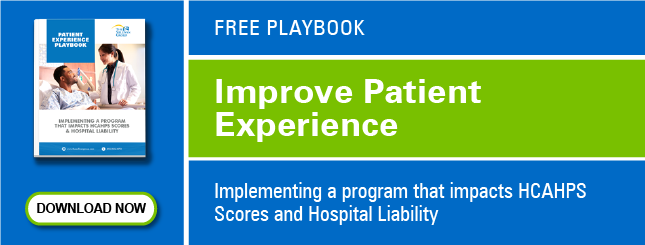 “By computerizing health records, we can avoid dangerous medical mistakes, reduce costs, and improve care.” -- President George W. Bush, State of the Union Address, January 20, 2004
“By computerizing health records, we can avoid dangerous medical mistakes, reduce costs, and improve care.” -- President George W. Bush, State of the Union Address, January 20, 2004
The move towards the electronic health record (EHR) has been under way for more than a decade now. Hospital administrators, healthcare insurers, IT vendors and government officials are touting the benefits of transitioning from paper to electronic records.Despite the real and potential benefits, EHRs are no panacea for risk. On the contrary, the transition to EHRs is accompanied by an entirely new set of risks to practitioners and organizations that use them. Some of these risks are highlighted here, along with strategies to reduce risk related to electronic documentation.
Technical Problems
- Loss of power that disables the system
- System shutdowns
- Technical glitches
Paper vs. Electronic
- Vital sign trends: On paper charts, all the vital signs are recorded on the same page and the trends are easily seen. With EHRs, the vital sign trends may be on different pages and unavailable.
- Nursing notes: On paper charts, triage and nurses’ notes follow sequentially and are visibly accessible. With EHRs, the nursing notes may be hidden on other pages or screens.
- Accuracy: On paper charts, what you write is what you get. With EHRs, beware of extraneous clicks or un-edited entries from voice-activated dictation.
Risks During Practitioner Documentation
- Missed information: Information such as nurses’ notes or test results are either poorly visible or on another screen, but the practitioner cannot find it, see it, or understand it.
- Documentation discrepancies: Practitioners are less likely to address and correct any discrepancies in the history, exam, treatment or disposition.
- Ignored prompts: There may be pop-ups or prompts to ask risk factors, order a test, acknowledge an abnormal result, or follow a clinical guideline, but they were ignored.
- Computer distraction: The time spent clicking and navigating the computer is time taken away from evaluating, treating and communicating with patients and families.
 Electronic Discovery
Electronic Discovery
One of the most important concepts to understand with the advent of EHRs is “electronic discovery.” This phrase refers to the ability of malpractice attorneys to request and receive the entire electronic record for your patient, who is now their client and has chosen to file a malpractice suit against you.
Infinitely more information will be available to construct an “electronic timeline,” which will show the time of all orders, treatments, charting, decisions, consults, responses and delays. Consider the reality of the information that will be available in this new age of electronic discovery:
- Who wrote what and when
- How long you looked at any prompts
- Who accessed the record, what was viewed, and when
- Who viewed the record after the suit was filed
- What changes were made to the record, by whom, and when
- Any unauthorized access to the patient record
The electronic health record is here to stay. The real and potential benefits are simply too great to ignore, and there is no turning back. During this evolution from paper to electronic records, it is incumbent upon the front-line practitioners (nurses, PAs, NPs and physicians) to take an active part in the selection, implementation and maintenance of any new electronic medical record system.
Below are a few practical suggestions to improve safety and reduce the risk of EHRs.
Top Ten Caveats When Using Electronic Health Records
- Participate in the selection of the EHR system if at all possible.
- Work with IT and the vendor to make positive changes.
- Train yourself and others to maximize efficiency with the system.
- Look at the vital signs, nursing notes and test results – even if hidden.
- Resolve documentation discrepancies before the chart is completed.
- Accurately document the times and details of your actions and entries.
- Consider adding free text or use a voice-activated system to narrate parts of the record such as HOPI and medical decision-making that read poorly when “clicked.”
- Document responsibilities such as turnovers, transfers, consults and admissions.
- Beware that every detail of the EHR can and will be used against you in a lawsuit.
- Use the EHR as a tool to reduce errors, improve quality, and eliminate risk.


